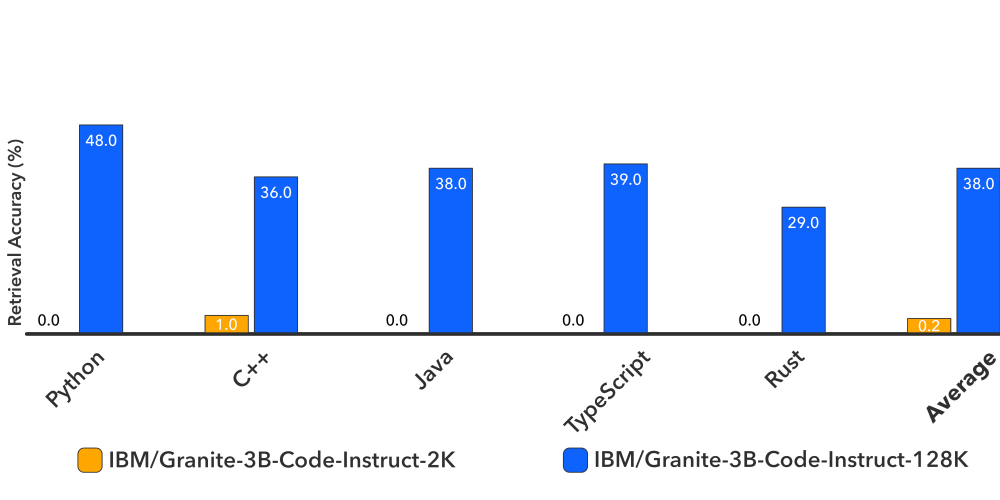The memento pattern allows capture and externalizes an object’s internal state so that the object can be restored to this state later.
In the example below, we are creating a simple way to store values and restore a snapshot when needed.
class Memento {
constructor(value) {
this.value = value;
}
}
const originator = {
store: function (val) {
return new Memento(val);
},
restore: function (memento) {
return memento.value;
},
};
class Keeper {
constructor() {
this.values = [];
}
addMemento(memento) {
this.values.push(memento);
}
removeMemento(index) {
this.values.splice(index, 1);
}
getMemento(index) {
return this.values[index];
}
toString() {
return `[ ${this.values
.reduce((acc, cur) => {
acc.push(cur.value);
return acc;
}, [])
.join(', ')} ]`;
}
}
export { originator, Keeper };
A complete example is here: https://stackblitz.com/edit/vitejs-vite-7mnwye?file=main.js
👉 Use this pattern when you want to produce snapshots of the object’s state to restore a previous state of the object.
I hope you found it helpful. Thanks for reading. 🙏
Let's get connected! You can find me on:
- Medium: https://medium.com/@nhannguyendevjs/
- Dev: https://dev.to/nhannguyendevjs/
- Hashnode: https://nhannguyen.hashnode.dev/
- Linkedin: https://www.linkedin.com/in/nhannguyendevjs/
- X (formerly Twitter): https://twitter.com/nhannguyendevjs/
- Buy Me a Coffee: https://www.buymeacoffee.com/nhannguyendevjs



















